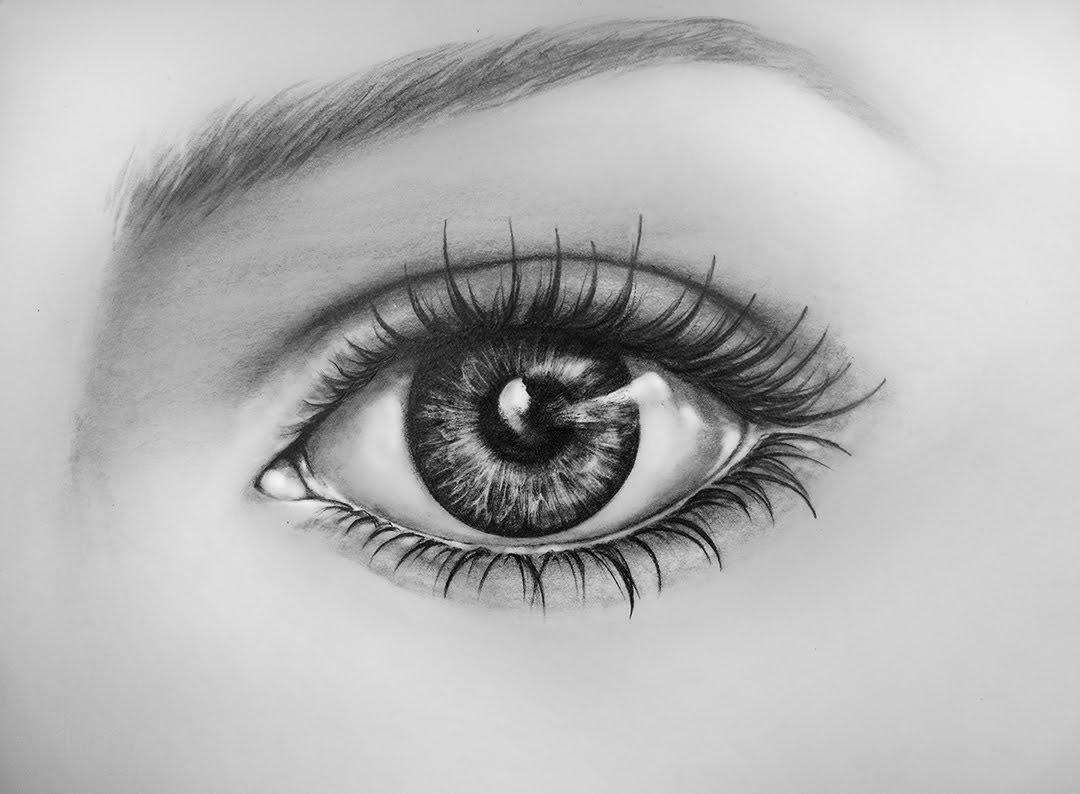Doing | Listening | Reading | Watching

The regular use of your eyes is a great way of staying connected to new developments in science and technology. And, as it so happens, there are many ways of watching or looking at science.
The links below are merely portals to science and science-related topics that are presented in highly visual and often entertaining formats…for example, photographs, short videos, documentary films, major motion pictures, etc.
My advice to you would simply be to explore some of the visual formats offered below.
PHOTOGRAPHY – a collection of links to sites and exhibits by those people–including amateurs and professionals–who aim to capture ‘all things scientific’ in the medium of still images.
SHORT VIDEOS – YouTube isn’t the only place on the Internet where you can find collections of informative science videos. Here, I’ve tried to unearth the sites that contain interesting and innovative collections of short-length videos about science-related topics. YouTube is packed with science-related videos. I’ve tried to include links to those YouTube channels that consistently produce high-quality, interesting, and scientifically accurate videos.
DOCUMENTARY SERIES – There are any number of good documentary series about science and science-related topics that first appear on television. Increasingly, these series are making their way into homes through services like iTunes, Netflix, Amazon Prime Video, YouTube and the BBC iPlayer. They offer us one of the best ways to watch lots of science!
DOCUMENTARY FILMS – Documentary film makers are like good newspaper reporters: they dive deeply into a single issue with the intent of sharing it–no matter what they uncover–with the general public. Fortunately, many of the stories now being told by documentary film makers are increasing about science and/or science-related issues.
MAJOR MOTION PICTURES – Once in a while, Hollywood manages to make a film that has strong ‘notes’ or hints of science. It’s not often, but it happens. One of the great things about major motion pictures is that they allow science to mix with other volatile elements such as drama, history, comedy, adventure, animation, and yes, even romance.
COMPUTER ANIMATIONS – One of the great challenges in learning and understanding science is trying to come to grips with events, things, and phenomena that are far removed–either in time, in space, or in complexity–from our everyday sensory experiences and perceptions. Computer animations can help us better imagine these far removed events, things, and phenomena and good ones are worth their weight in gold.